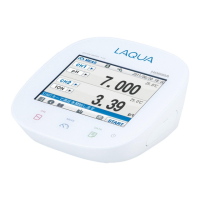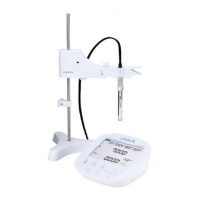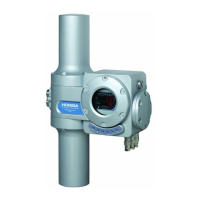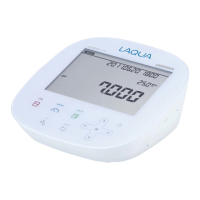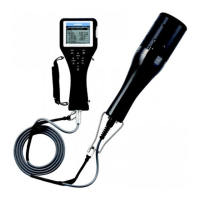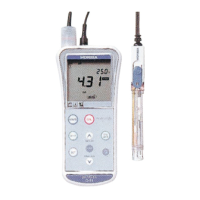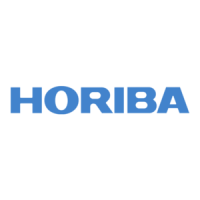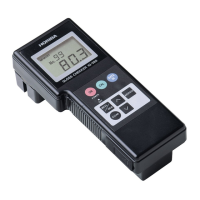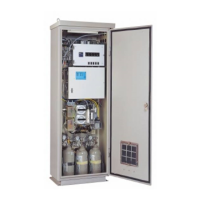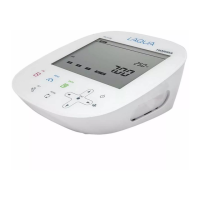Why is the signal intensity low on my Horiba Measuring Instruments?
- CChristopher ParkerAug 18, 2025
If the signal intensity is low on your Horiba Measuring Instruments, several factors could be at play. First, ensure the lamp is correctly aligned and focused, and that the slits are properly adjusted. Confirm that the shutters are fully open and the polarizer is out of the light path. Also, verify that the high voltage is correctly set to the default value of 950 V. If the lamp is old, consider replacing it, especially if it has been in use for 1500–2000 hours. Note that if the lamp power supply is set to the wrong current rating, you should contact the Spex[®] Fluorescence Service Department, as the 450-W Xe lamp current should be 25 A.


